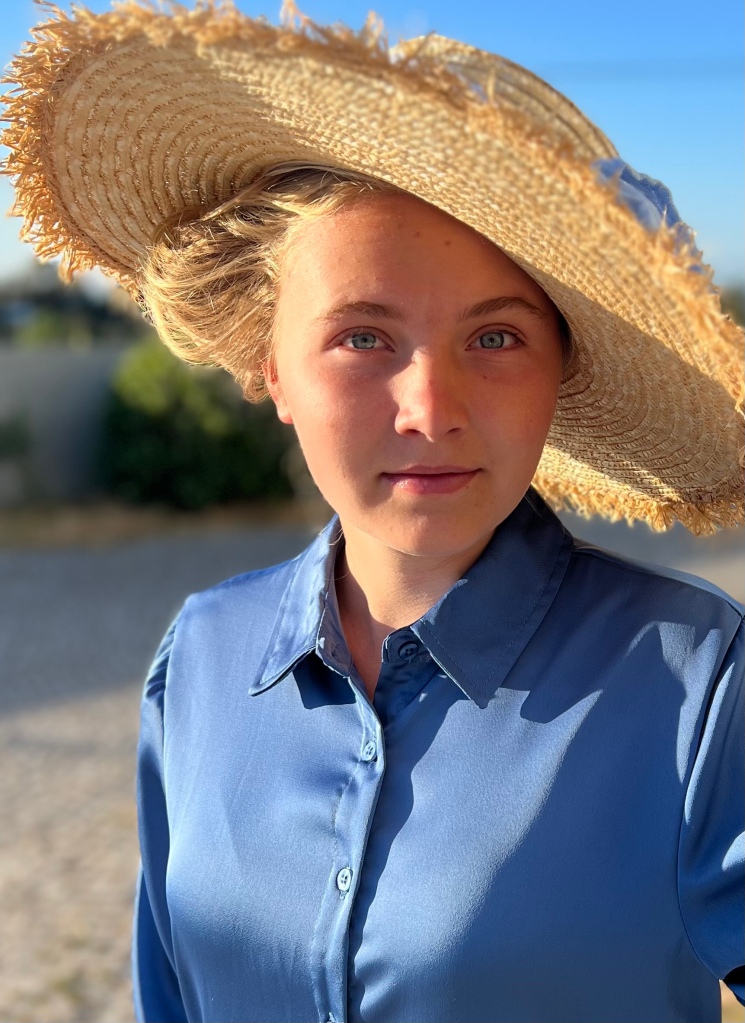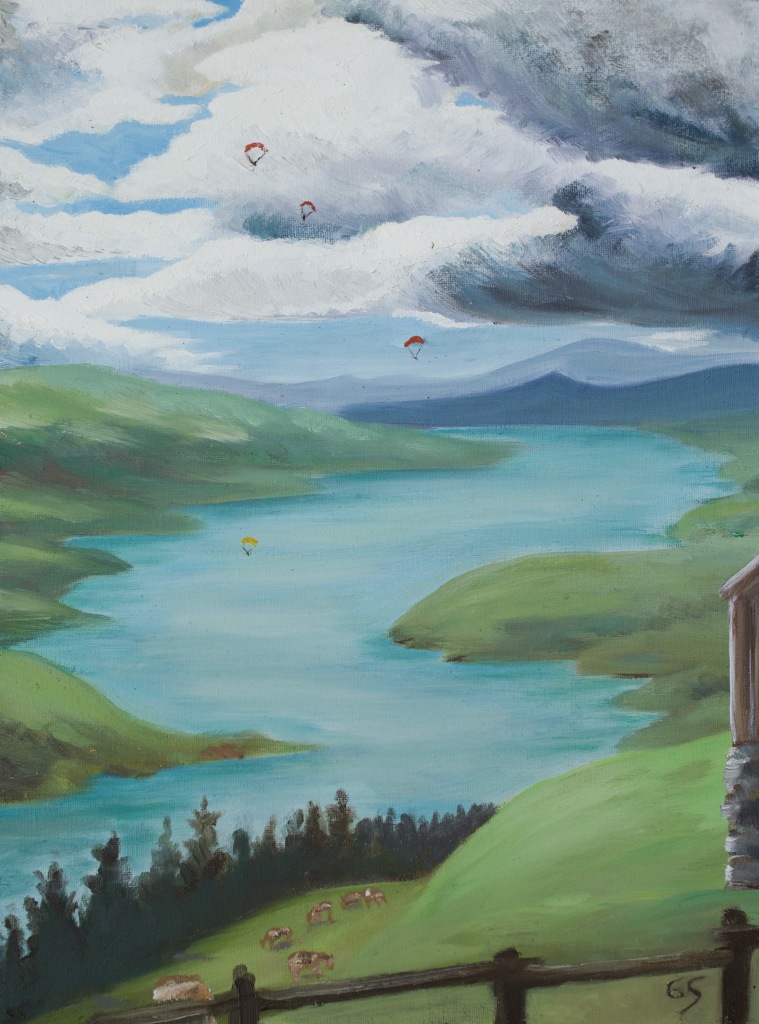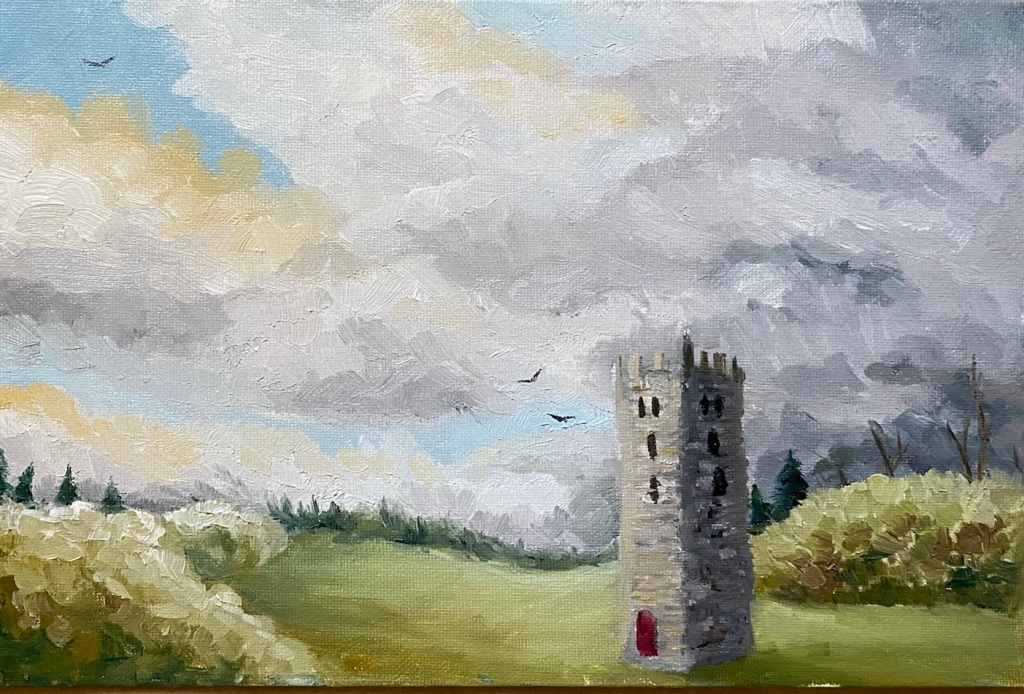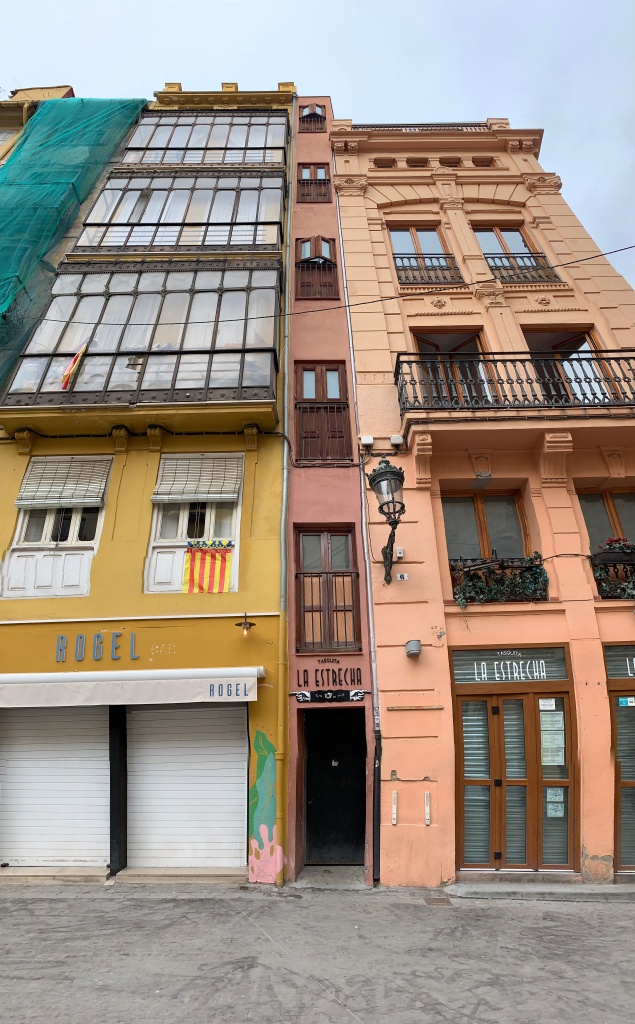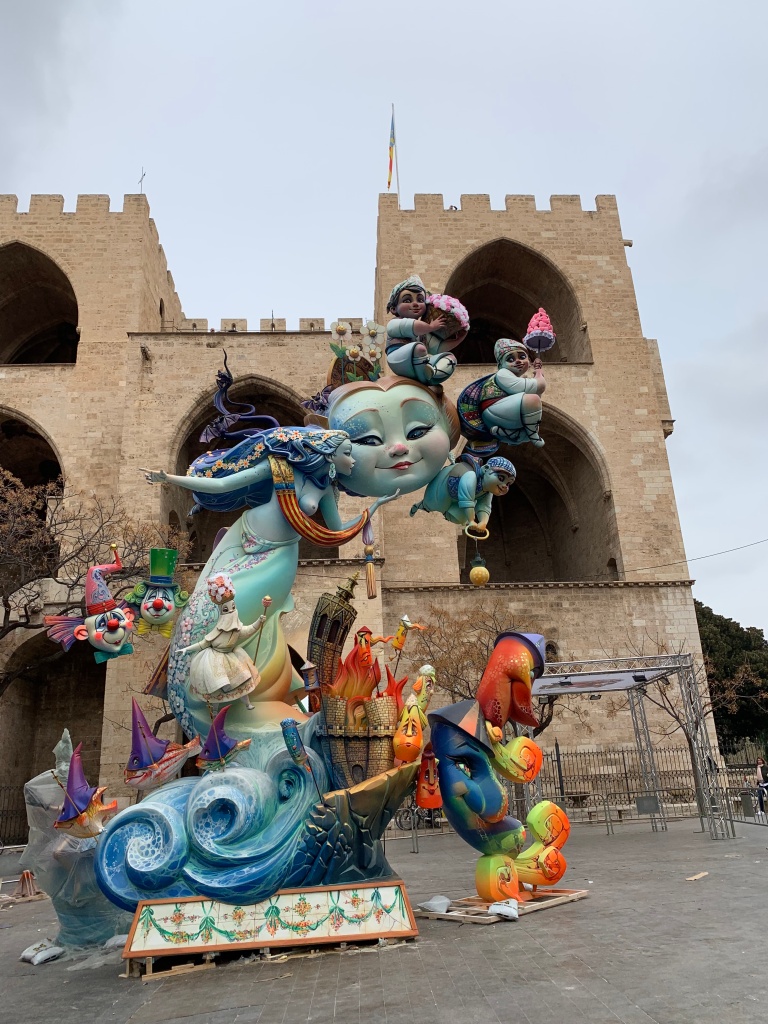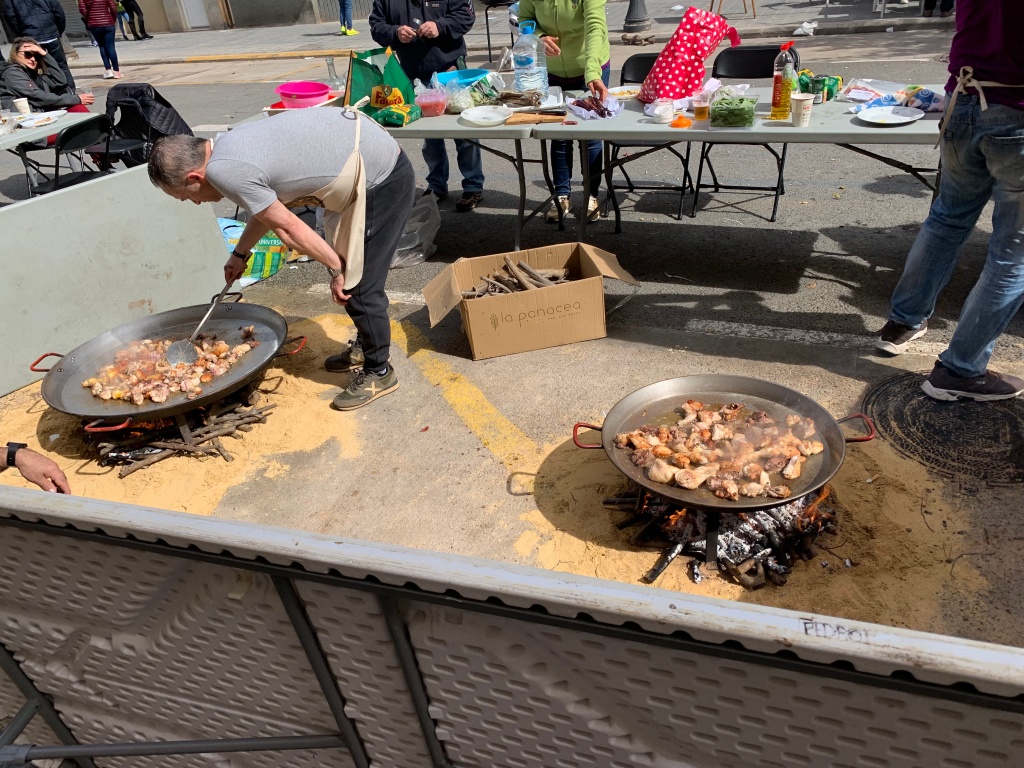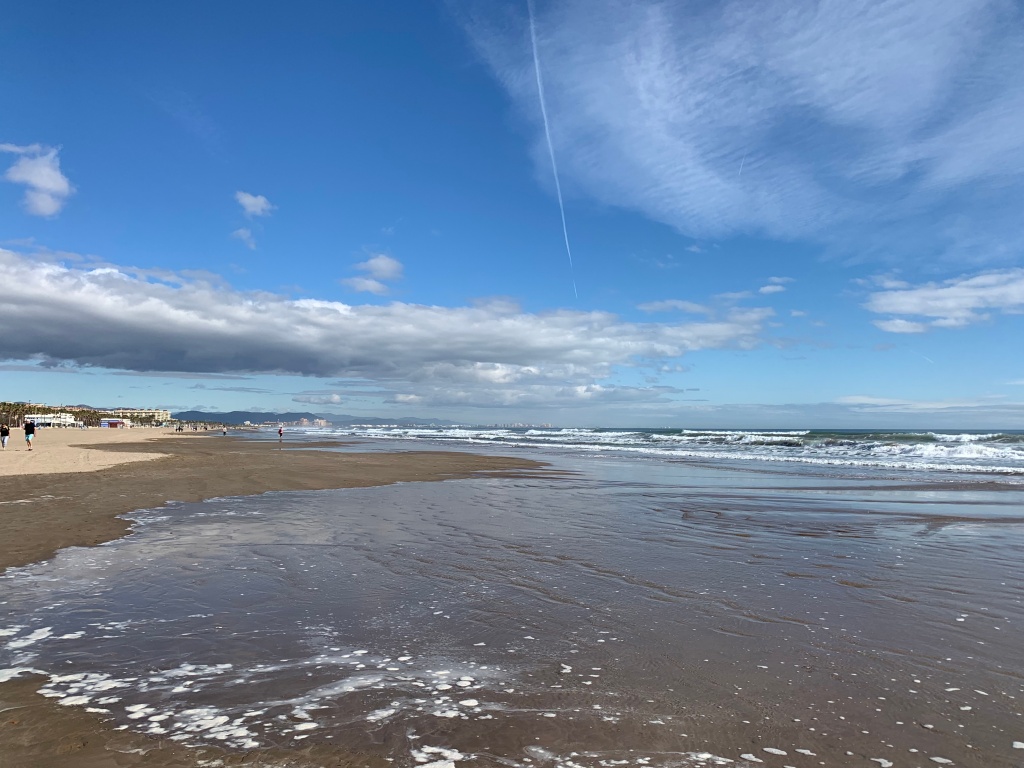I am so thrilled to have a guest blogger for this post, my second oldest granddaughter, Gracie. She is a talented writer and painter, and I know you’ll enjoy hearing about one of her favourite travel adventures.
Hello! My name is Gracie and I have spent the past ten years travelling around Europe with my parents and siblings. Though we certainly haven’t been everywhere nor seen everything, we have seen so much that has inspired us! One experience that sticks most in our memories was a summer we spent up in the Alps, camping in a tiny French town on the southern tip of Lake Annecy. Beautiful and deep, the lake filled the valley and up from its shores the mountains and hills rose to the sky over which wonderful and beautiful cloud displays crowned the peak of the mountains.
It was at the foot of these mountains, in the valley, that we spent our time looking up at the mountains from below and watching as the paragliders left the mountain ridge and descended slowly down in circles and curves. We wondered how the view would look from up there and heard people tell of a hike you could take to reach it. We love to explore, especially by foot, so on one of the cooler days we started out for the trail.
The early-morning sun was only just starting to show its face over the peaks. We started off through the village, passing houses with their stone bases and dark wooden walls. The whole village was filled with the smell of fresh bread from the local bakery. We passed gardens over whose walls the flowers flowed in all colours, swaying and filling the air with heavenly fragrances. Behind us the sun’s rays moved slowly down the slopes; the cool of the morning would soon depart leaving a heat that was less enjoyable to hike in. After leaving the village we walked along dusty paths through the fields and crossed over the main road through the valley. On the other side it was cooler, for here we walked through the damp woods to reach the foot of the mountain. As we approached the base of the mountain, the path separated into minor trails, all leading to lovely places along the shores of the lake. But our trail lay up the mountain, and so we started on the broad trail that zig-zagged its way slowly up the slope, over which the sun began to flood with fresh light and warmth. At first, the trail was easy, the way was straight and clear, but gradually it narrowed. Around us, the forest grew up the slope on our right and down the slope on our left.
As the morning passed, and we made our way up, the trail grew busier; some people passed on by up the mountain, while others descended, though from where exactly, we weren’t yet sure. The air was cool and we felt energetic and enthusiastic. The people we met were of all sorts, some went by without saying anything, others smiled and said good morning (or “bonjour; everyone bonjour’s in France), and a few had some comments about the journey and the destination. But not all were seeking the top, there were those coming down to enjoy a dip in the lake at the bottom.
By midday, we reached the halfway viewpoint. Here, people would turn back. After this, the path began to become more challenging. There were tree roots and mossy stones to clamber around, slippery leaf banks, and a few steep places, where my dad was absolutely convinced we were all going to fall to our death! We were getting tired but it was still fun and interesting, but we were all getting pretty hot and sweaty; the coolness of the morning was quickly becoming a fading memory. In patches through the treetops, one could catch glimpses of the surrounding view, but only glimpses, for the woods were thick, and one was always weaving in and out of the rolling.
The afternoon wore on and one felt like the world was mostly trees and a never-ending path. The most tired simply focused on each step and the most ambitious sought out ways to traverse the more intricate ground below and above the path (we resembled goats, much to my dad’s fears, as I’ve already mentioned). Now, when people passed, one had to stop and move aside, for the path was narrow. Soon, the path no longer zig-zagged up but began climbing in a steady upwards direction. At every bend, one half expected to find an opening, and at every rise one felt the altitude rise ever so gently. Soon faces began to look fresh and smiles of encouragement spurred us on. Some of the nature changed and signs dotted the path here and there to herald the (what we assumed to be) end of our hike. Then, at last, the tree line broke and up a few well-worn steps brought us out into the open above their tops. Our feet were aching and our legs exhausted, but it was all quite quickly forgotten when one turned around and saw the great expanse of mountain, sky and valley below! The lake was now far below, and on its surface, the boats left white lines, yet seemed to hardly not move. We spotted familiar landmarks and watched the cars along the thin line of the road. The valley was patched like a quilt of green: forests, fields, farms, and villages. Looking down we saw the slopes rise from the very and over their top peaks we saw more slopes beyond, rolling on into the misty distance. Behind, the mountain peaks rose from the green mountain pastures into the misty clouds sailing fast not far above. Across the pastures the sounds of bells could be heard, their ringing mixed with the lowing of cows and baying of sheep. In the tiny village at the top of this mountain, the many visitors bustled about buying cheese as well as other alpine articles of interest. The paraglider jumped off and tired hikers and cyclists (there was a road to the top as well) parked and rested, gazing off at the view. The air was lighter and fresher, it felt like another world far up there, and rather exhilarating was the fact that we had reached here, not by car, not by bus, but with our own legs, and all that we felt had been well worth the climb!
That was a few years ago now, but the memory of that day has never left us, nor the inspiration and motivation of where we could reach on our own two feet. We had reached a beautiful view of the Alps, the heavens, as well as rolling hills and valleys. We saw life moving slowly below, we saw the clouds within reach, encircling the rocky peaks above the tree line, and we saw those peaks rise and disappear in the distance as they climbed higher.
Now I take those memories of ours and photographs from my mother, to create pieces as I work on growing my skills in drawing and colour theory. If you are interested in perhaps purchasing this piece or looking at others you can contact me at gracie.art@icloud.com
